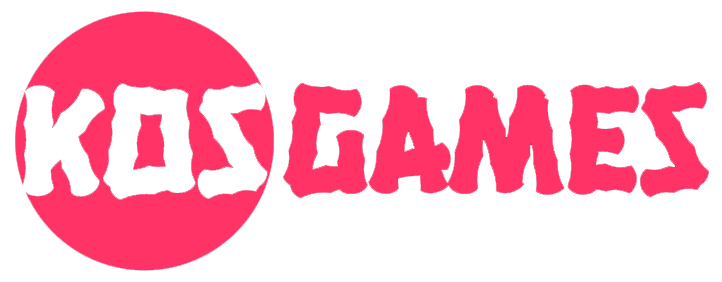Some key info on how to use the editor including song setup, syncing audio, enemy placement and some bug workarounds.
Song setup
A video file can also be imported, which unfortunately must be encoded in vp8 webm format. The easiest way to get this is to throw whatever video you have into an online converter at the cost of video quality. As far as I can tell, video files cannot be accurately synced as they seem to begin playback the moment the level loads as opposed to the audio starting around the 3-2-1 countdown. It would require lots of guesswork.
A key issue with the current editor version is that songs cannot be synced in the editor, and it does not reflect the game’s sync. The game files use an independent sync value to the editor, so I figured out an odd workaround: add 8*(1/(bpm/60)) of silence to the song file in an audio editor, which should make the song’s offset exactly 0 thus avoiding any sync issues. You must go to open – open track directory and open (songname)_1 in a text editor and then change the “playbackOffset” field at the bottom to 0 to ensure this works. If there are multiple difficulties you might need to open each file individually.
Some songs might work without this, but it solves the issue of songs that begin during the 3-2-1 countdown; there’s 8 beats where you can’t place enemies in the editor, so we add 8 blank beats and begin working after them.
The editor does not reflect this sync value, so I had to shift +4 beats (Shift page up 4 times) during editing and then move it back 4 beats (shift page down 4 times) for in-game testing. I’ll update this if I find an easier method.
Another useful metadata is the subdivision, which reflects the note value lock when you hold shift in the editor for precise enemy placement. I recommend using 4 to catch the most useful note values: beat, half-beat and quarter beat.
How to use the editor
Upon loading the editor, you will see the rift lane with the player’s arrows in the middle and beat numbers on the left. The first important thing to know is that by default, the arrows are locked to the middle of the screen while placing notes, but will move according to where you scroll during song preview so try not to scroll at all while previewing. This ensures smooth camera experience, but if you mess it up you can preview the song and scroll up or down to restore the original arrow position.
Choose the pen tool at the top to begin placing enemies. Select them from the right and hold shift to accurately place them on beats or between them. Placing an enemy will display it relative to the position of the arrows; for example, a shield skeleton above the arrows will be one shield skeleton, but the same one below the arrows will be a dead shield plus the dead skeleton it spawns half a beat later. Some enemies such as blademasters have odd positioning that requires a bit of intuition to figure out. When deleting them, you have to select the space they spawn from and not where they die.
Press space to begin music previewing from the location of the player arrows. You can control the sfx volume with / and * which can help isolate the music or check timing of the enemies you place. Some enemies may clip into each other during certain patterns, marked by a red X. Blademasters will not have this mark if their attack charge moves them backwards into an enemy so place them wisely.
Armadillos are timed to thirds, but this may not be accurately displayed in the editor preview. It’s better to count their timing in your head based on where you place them.
Wyrms can be placed on any beat, but their tail will always round to 1 beat after wherever you placed it i.e. 1 1/4 segments at 2 1/4 and 3 1/4 etc.
The f5 to test button seems to be a deprecated feature from the original crypt editor, so you must playtest in game if you want a more accurate recreation than the preview. A lot of the settings are also carried over from the old editor so it might be best to leave most bindings defaulted until the menu is streamlined.
